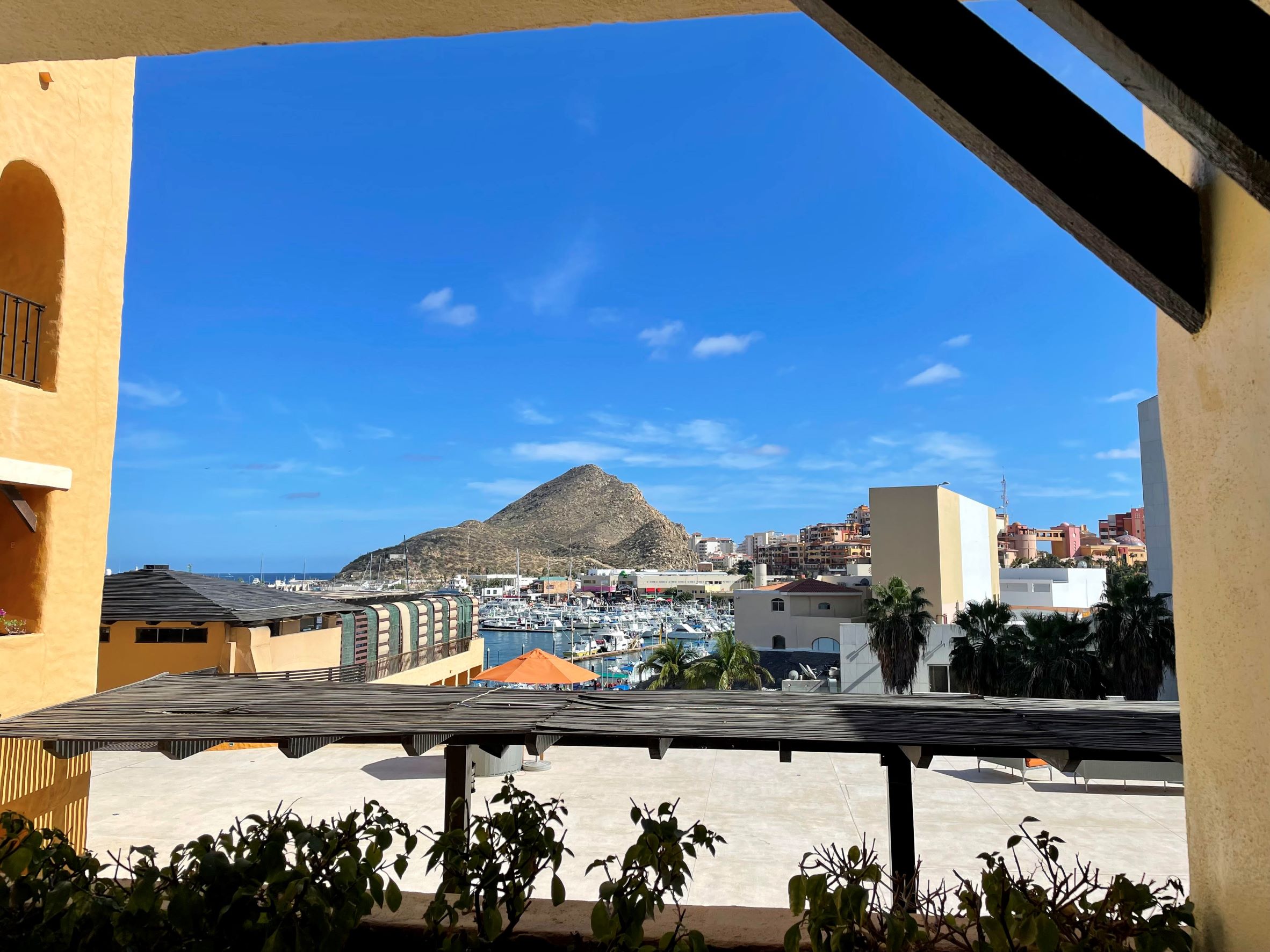Without Nature There is No Life
I read this book while I had COVID and was trapped in a hotel room in Cabo San Lucas, Mexico. The sun was out and I could see the harbor from the balcony, but I couldn’t leave the room. This brief, powerful work riffed on some of the philosophies I’ve been considering, but from a dark and nihilistic angle. Perfect to contemplate in a claustrophobic quarantine moment.
Finishing this work made me long for a college classroom discussion, or to hole up with a volume of critical analysis essays on post-apocalyptic novels. I never had strong symptoms with COVID, I had no fever, but the novel reads like a fragmented fever dream. Filled with surrealist imagery that just when you think it is what it is, evaporates from the scene. There is a sense of the transitory in the book, the character moves through in an unsettled manner, spaces (such as the unlikely bowling alley) exist and then are said not to exist, the very protagonist herself is felt to barely exist.
The protagonist does not do a lot of protagging. She is like a cipher, a witness passing through, yet she seems to possibly symbolize death, birth, and or re-birth. She is called Lamb as a baby, then Christen, then Khristen, then the Green Galena. Other characters as well evolve in name, our young judge Jeffrey begins to call himself Enoch. PeterPaul the babysitter becomes Nolo. As our witness engages in her wanderings, life seems to pass through her, or as she states at one point she has not yet begun living. Where plot is evaporated into the ether of the dying world, so are any defined terms of reality, leaving the reader at the end with a smattering of themes, symbols, and clues to decipher.
The disintegration of reality is represented by many factors alongside that which is clearly and definitively laid out: the balance of nature is destroyed, the natural world is all but destroyed, and human beings have subscribed to extreme speciesism where they view other living things as a threat to their preeminence. So in the logic of the book, this is the only true thing, other facets of reality have become unhinged such as language, people constantly forget the meaning of words and seem to be collectively devolving. Memory is often called into question, its suggested that people don’t retain their memories for long if at all. The bond of motherhood is called into question and here a clue, through a horrifying story taken from true scientific history we explore how science destroyed the mother-child bond in monkeys in a cruel experiment. In the book we watch the mother child bond between the protagonist and her mother disintegrate. We also watch the neglectful mothering of Jeffrey at the lakeside retreat, which reverses into the severing of the child-mother relationship as he grabs the wheel presumably leading to his mother’s death. Between the lines here I posit that Williams is suggesting that the death of nature results in the death of a functional relationship with reality for humankind. To take this a step further, perhaps Williams is eluding to that human consciousness is one with nature and with its destruction, reality is quickly eroding.
There are several suggestions about what Earth would want at this point, a swift death, comfort in hospice, or a continued fight for a lost cause. There are allusions made to retaliation by trees or earth alongside the increase of dreams and nightmares toward the end. One story includes that the nightmares also make the Mayor character introduced near the end suffer physical torture. This too could be viewed as nature fighting back along the channel of consciousness.
The title image of the harrow is another puzzle to dwell on in this book. I had to look it up to confirm, the most common use being the adjective form meaning disturbing, such as a harrowing experience. But the book refers to the harrow as the tool, a heavy rake for agricultural use. At one point it’s referred to that agriculture is beside the point and is considered as a target for the geriatric activist group then never mentioned again. But the harrow is mentioned multiple times as the only remaining subject of art left in the world. Every drawing or painting in every home or institution is of the harrow. It brought to my mind the concept of original sin, agriculture being the first form of humans subjugating nature, seen by the world in the book as a moment to be revered, the first step in creating this point of no return.
In the Harvard Review, Jane Balkoski takes a more meta view in pointing out the conversation between Jeffrey and Khristen at the end that dwells on Kafka, the ending in fact contemplating a fictionalization of a Kafka story. Balkoski points out the Kafka story ‘“In the Penal Colony” the harrow is an instrument of torture that carves the law the prisoner has broken into his back…the prisoner must decipher the harrow’s movement along his skin to [understand his crime]……till the prisoner dies and drops into a pit.’ Using this story as a deciphering code, you could almost take the world of the book as a purgatory for the crimes of humanity. Meaningless shells of life wander the earth. People submit to the nonsensical and mysterious judgement of the 10-year-old Jeffery, the punishments he distributes are not described, perhaps the symbol of the harrow in every home is meant to indicate that all know they will eventually submit to the punishment of the harrow, carving the crimes of humanity into their back until they die, or is it die again, or are born again to face again the harrow. They can’t remember.
I used the word nihilistic, but this work is packed with meaning, so the right descriptor might be pessimistic or cautionary. I think Williams is posing the argument that without nature we have no chance at self and no other fate than to walk blindly toward punishment and suffering. Be sure to watch a romcom after reading.
Follow on Twitter @BooksinContext, also on Medium @lisahanson.








